JohnQuixote
Ideal_Rock
- Joined
- Sep 9, 2004
- Messages
- 5,212
[ PS Admin - I was going to put this in FAQ but could not post in that forum. Please move it if appropriate - thanks! ]
If you have ever wondered why experts ask for ASET photos with fancy shapes, here is why:
Reflectors like Ideal-Scope and ASET were developed by diamond manufacturers and researchers in the quest to understand and improve diamond cut quality. They are a fantastic addition to any diamond pro's toolkit. They also form the backbone of the American Gem Society's light performance grade - and are used by cut-focused sellers to prove diamond performance to clients in the sight-unseen internet market.
For those unfamiliar with these tools, here is a good primer: http://www.ideal-scope.com/using_howto.asp
LIGHT RETURN: ROUNDS VS FANCY SHAPES
Round brilliant diamonds are the most efficient at returning light. This means that, regardless of ideal-scope or ASET, rounds will show an abundance of red (or intense light return). In practical terms an ideal-scope image is as telling as ASET for rounds.
But not with fancy shapes. The ASET gives information the ideal-scope does not; it breaks overall light return into less intense areas (green) and more intense areas (red).
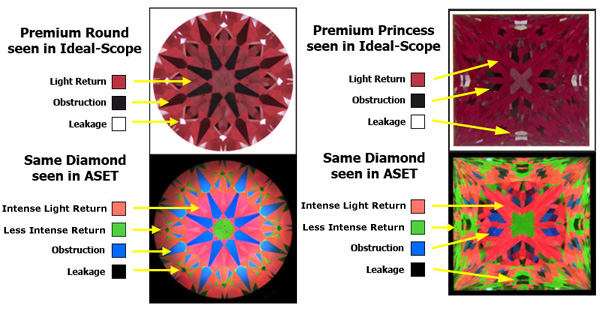
WHAT ASET REVEALS
As you see, what's “all-red” in Ideal-scope is broken down into red and green in ASET... Green is not bad - it’s just less intense - but it's important to see this difference. Light return in fancy shapes is not as efficient as it is in rounds (again this is not bad, it’s just physics) so there will naturally be more green in fancies than rounds. Knowing this, we are definitely interested in what areas appear red vs what appears green, so the importance of the ASET image becomes obvious.
EXAMPLE
The two diamonds below are both attractive and they both appear all-red in ideal-scope. Princess 1 is an AGS 0 (Ideal cut grade) with an optimal balance of qualities. Princess 2 is very attractive - a far stronger performer than average commercial options - but you can see from the balance of red and green it is not at the same level of intensity as the AGS 0. There are two different levels of performance here, seen in ASET but not in Ideal-scope.
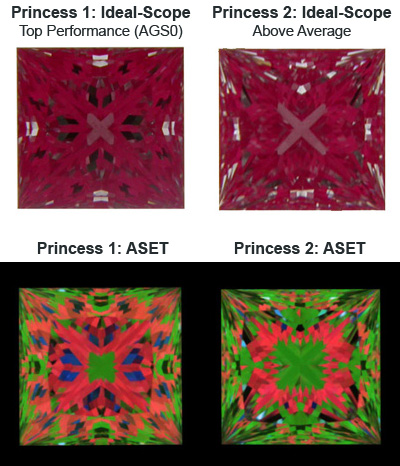
If you have ever wondered why experts ask for ASET photos with fancy shapes, here is why:
Reflectors like Ideal-Scope and ASET were developed by diamond manufacturers and researchers in the quest to understand and improve diamond cut quality. They are a fantastic addition to any diamond pro's toolkit. They also form the backbone of the American Gem Society's light performance grade - and are used by cut-focused sellers to prove diamond performance to clients in the sight-unseen internet market.
For those unfamiliar with these tools, here is a good primer: http://www.ideal-scope.com/using_howto.asp
LIGHT RETURN: ROUNDS VS FANCY SHAPES
Round brilliant diamonds are the most efficient at returning light. This means that, regardless of ideal-scope or ASET, rounds will show an abundance of red (or intense light return). In practical terms an ideal-scope image is as telling as ASET for rounds.
But not with fancy shapes. The ASET gives information the ideal-scope does not; it breaks overall light return into less intense areas (green) and more intense areas (red).

WHAT ASET REVEALS
As you see, what's “all-red” in Ideal-scope is broken down into red and green in ASET... Green is not bad - it’s just less intense - but it's important to see this difference. Light return in fancy shapes is not as efficient as it is in rounds (again this is not bad, it’s just physics) so there will naturally be more green in fancies than rounds. Knowing this, we are definitely interested in what areas appear red vs what appears green, so the importance of the ASET image becomes obvious.
EXAMPLE
The two diamonds below are both attractive and they both appear all-red in ideal-scope. Princess 1 is an AGS 0 (Ideal cut grade) with an optimal balance of qualities. Princess 2 is very attractive - a far stronger performer than average commercial options - but you can see from the balance of red and green it is not at the same level of intensity as the AGS 0. There are two different levels of performance here, seen in ASET but not in Ideal-scope.


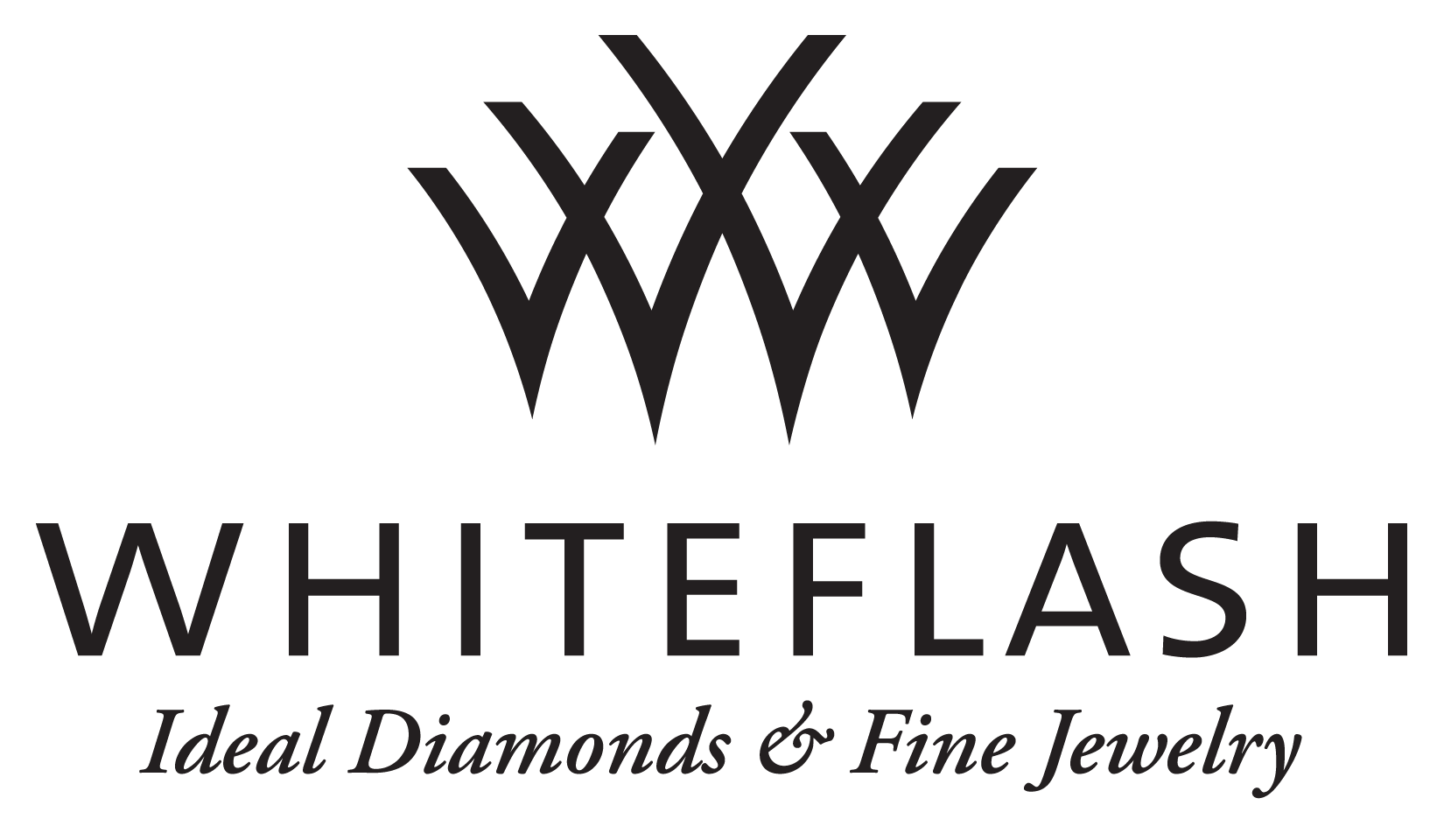
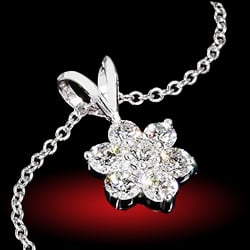
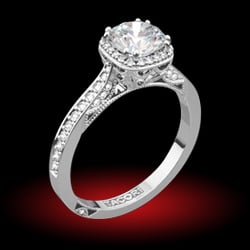
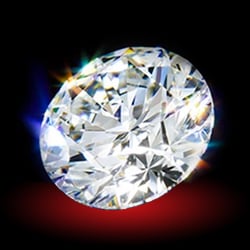
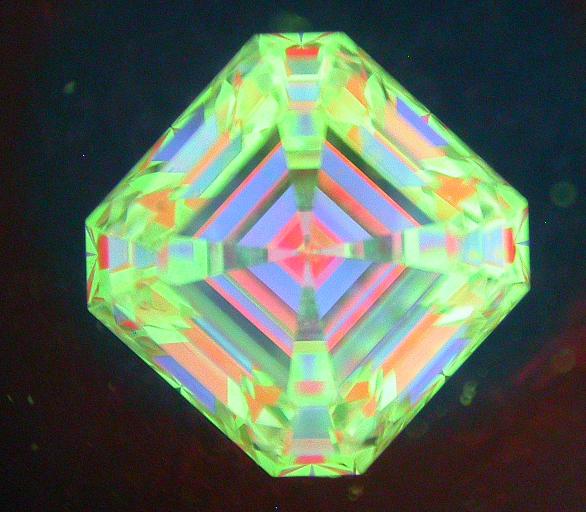
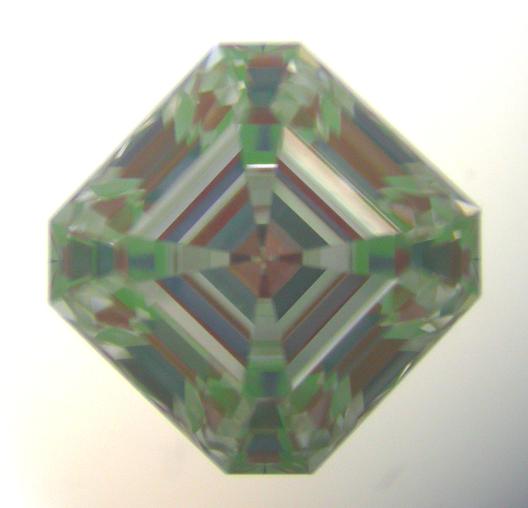
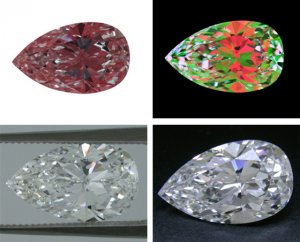




300x240.png)